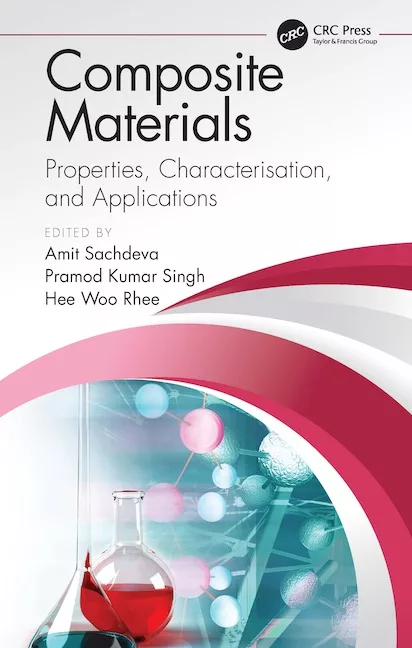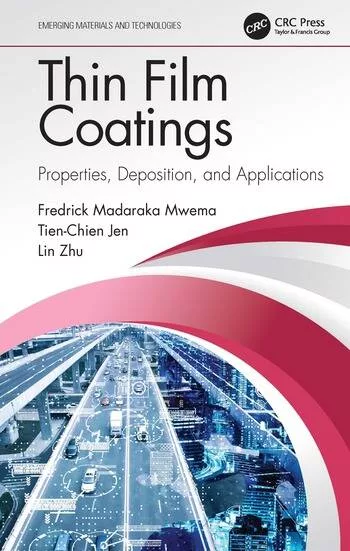Substantial Market Growth Projected for Transparent Conductors in PV Applications
GLEN ALLEN, VA - Industry analyst firm NanoMarkets has released its latest report on materials for the photovoltaics (PV) industry. The report is titled Transparent Conductors in Thin-Film and Organic PV Applications 2012. NanoMarkets estimates that the total market for transparent conductors (TCs) in PV will grow at a CAGR of over 30 percent from a value of about $90 million in 2012 to about $300 million in 2016.
The report analyzes the opportunities for TCs in the TFPV, OPV and DSC markets. The focus of the report is on the shifting market share of different types of TCs in the different PV segments. TCs considered include ITO, alternative TCOs, nanosilver and related TCs, carbon nanomaterial-based TCs, and TCs based on PEDOT conductive polymers. The major PV application markets covered are thin-film Si PV, CdTe PV, CIGS PV, OPV and DSC. The report also discusses the strategies of some of the important suppliers of TCs to the PV market, especially those in the emerging nanomaterial- and conductive-polymer-based sector.
While the overall PV market is entering a period of slow growth, there is still good news for TC suppliers. The thin-film and organic PV sectors, which use TCs, are gaining share versus c-Si PV. Furthermore, NanoMarkets believes that the pace of growth in the TFPV markets will offset declines related to decreasing government support and slow overall economic growth.
Indium-free “alt-TCOs” will continue to take market share away from ITO in the PV sector, as they cause minimal disruption to existing production methods, and some are better suited than ITO to particular PV types based on their lower cost, commodity scale availability, processing temperature window, or work function match to the rest of the TFPV cell. The alt-TCOs are expected to generate nearly $100 million dollars from PV applications by 2016.
Implementation of new TCO target systems or new deposition processes, such as by transitioning from conventional planar targets to more efficient rotary targets wherever possible, could greatly improve utilization rates and directly affect the bottom line for panel makers. Both TC and equipment suppliers can partner with panel makers on the optimization of existing deposition processes to maximize TC mobility, which would improve cost-per-watt values and increase the competitiveness of a particular TFPV technology for on-grid installations.
The biggest prospects for TCs, at least in the long-term, lie with solution-processable nanomaterial-based TCs, such as those based on nanosilver, another nanoscale metallic coating, or carbon nanomaterials. Solution processing will be especially attractive for new PV lines where existing vapor-deposition equipment is not already entrenched. Solution-processable TCs will become an even bigger factor as the relative importance of flexible PV increases over the next decade. NanoMarkets predicts that nanomaterial-based TCs can generate almost $50 million from PV applications by 2016.
For additional information about the report, visit http://www.nanomarkets.net/market_reports/report/transparent_conductors_in_thin_film_and_organic_photovoltaics_2012.
Looking for a reprint of this article?
From high-res PDFs to custom plaques, order your copy today!






